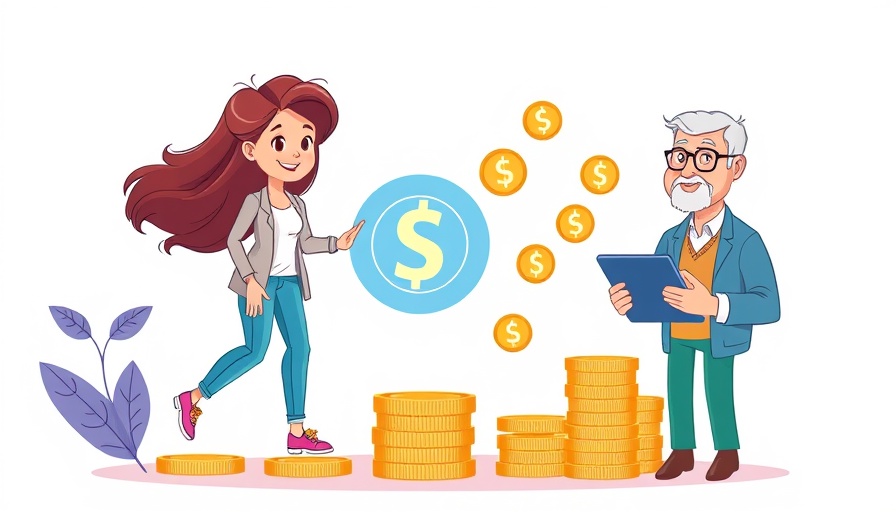
The Transition of Zelle: What It Means for Users
As the digital payments landscape evolves, Zelle’s decision to shut down its stand-alone app has raised eyebrows among its 150 million users. Despite the perceived severity of this announcement, it’s essential to grasp what the change signifies for the majority of users who access Zelle through their banks. Most transactions, approximately 98%, are conducted via bank integrations rather than through the app itself. This operational reality raises the question: why maintain an app that serves only a tiny fraction of its client base?
Understanding Zelle's Popularity
Zelle has effectively positioned itself as the go-to platform for immediate person-to-person payments in the U.S. By allowing instant money transfers directly between bank accounts without fees, it has attracted users who seek efficiency over social engagement. In 2024, Zelle processed an astounding $1 trillion in payments, confirming its role as a key player in fintech, particularly for high-value transactions like rent payments.
A Look at Zelle Versus Competitors
Historically, Zelle was launched in 2017 by a consortium of 30 banks as a formidable alternative to apps like Venmo. While Venmo allows users to maintain a balance in the app — often incentivizing social transactions among friends — Zelle focuses on straightforward bank-to-bank transfers, appealing to users who prioritize speed and hassle-free transactions. This stark contrast has shaped user behavior, influencing how consumers decide which payment method to use based on context.
The Evolution of Fintech Apps
The shutting down of Zelle’s app is not just a reflection of its own user behavior but part of a larger trend in the fintech space where consolidation and integration appear to be the future. As consumers increasingly favor services that seamlessly operate within their existing banking infrastructure, standalone apps may find it challenging to justify their existence. Major players in the industry must rethink their strategies to enhance user experience while minimizing costs.
Reasons Behind the Decision
Maintaining a dedicated payment app necessitates significant resources, and with Zelle’s current usage metrics, the decision to discontinue it seems to be an economically sound choice. As Zelle re-centers its operations around bank partnerships, it optimizes efficiency and minimizes operational expenses. This streamlining is indicative of a broader shift in how users interact with financial services, suggesting a potential future where apps are dispensable in favor of direct banking solutions.
What Users Need to Know
For users who have relied on Zelle’s app, transitioning to banking in order to send money is relatively straightforward. Affected users only need to re-enroll through their financial institution, a step that should maintain the service’s accessibility. This shift emphasizes the importance of user adaptability in the face of evolving technological landscapes.
The Future of Digital Payments
The dialogue around Zelle is a case study for the future of digital transactions. As we look ahead, it is vital for users to understand the implications of these changes: it underscores a shift toward more integrated solutions. Future trends may push even more applications to align with banks or financial institutions, reinforcing the notion that seamless banking will become the norm.
Conclusion: Embracing the Change
While the shutdown of Zelle’s app may feel like a setback, it reflects consumer preferences for utility over separate applications in an increasingly crowded digital payments arena. Users should view this transition positively, as it may lead to enhanced features and efficiencies tied to their existing banking partnerships. The digital payment landscape is changing; actively embracing these changes can empower users to make the most informed choices about their finances.
 Add Row
Add Row  Add
Add 



Write A Comment